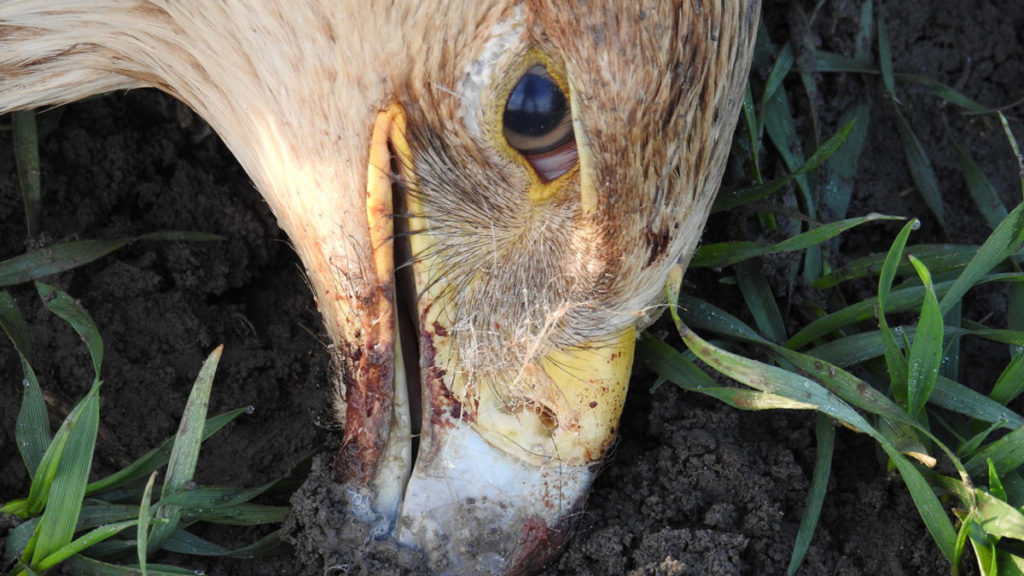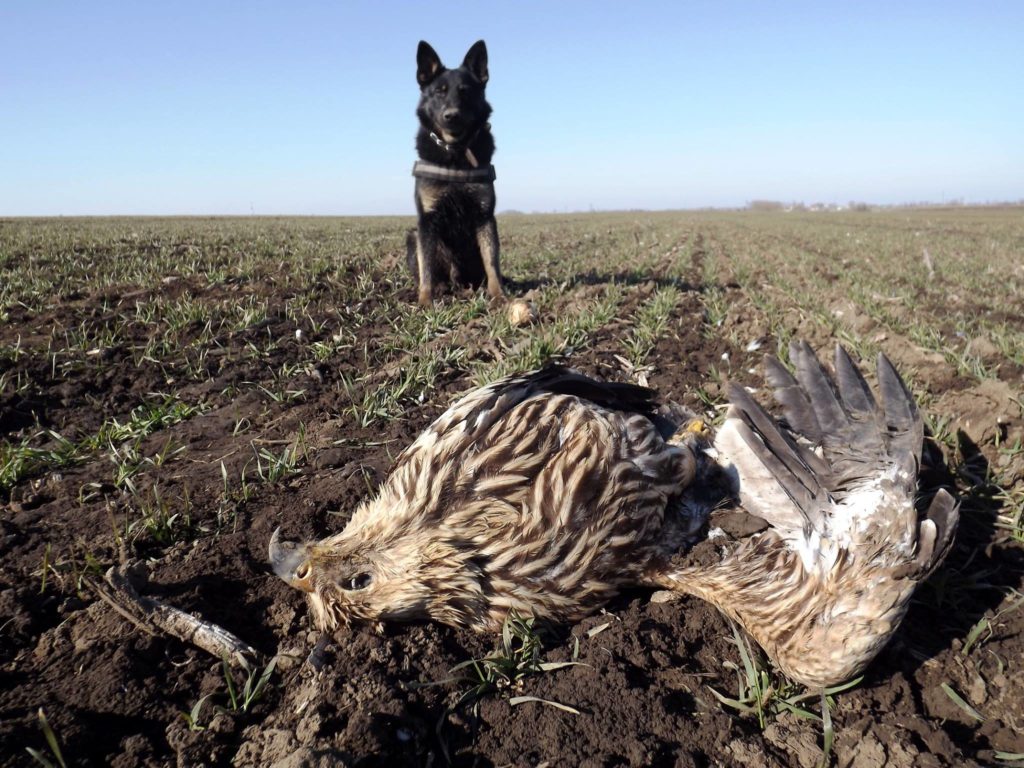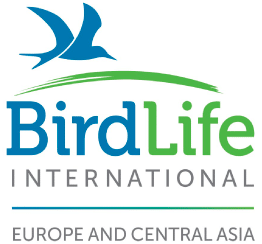Poisoning

Poisoned Eastern imperial eagle ©Milan-Rajic
Poisoning is a serious threat to birds and occurs both intentionally and accidentally.
Intentional poisoning can be either direct or indirect. Direct poisoning is when someone targets a specific species. Once it has been poisoned, this target species may cause the poisoning of another: scavengers eating the poisoned animal, for instance. This is called indirect (or secondary) intentional poisoning.
Illegal accidental poisoning happens when the poison is not directed against a species. Most often, this happens when pesticides are used without the necessary precaution and released into the environment in the wrong location or quantities. This misuse of chemicals also includes mixing different legal substances, which enhances their effect.
What is driving bird poisoning?
Primary intentional poisoning
Poachers, in most cases elephant and rhino poachers, also kill vultures: they fear their overhead circling might alert rangers of their crime. Poisoning is also used as a method of capturing vultures to then sell them in fetish markets for belief-based use.
Secondary intentional poisoning
In some cases, poisoning aims to kill rodents, however, after consuming poisoned prey, protected birds may die from accumulation of the poisoning agent. Some pastoralists also lace carcasses with poison to target predators such as lions and hyenas; but in most cases, birds of prey such as vultures end up consuming the bait and dying. The use of poisoned baits to kill animals such as stray dogs have caused massive deaths of birds of prey.
Accidental poisoning
An example of accidental poisoning is the use of diclofenac as a veterinary treatment to cure cattle. This drug is toxic to birds such as vultures and eagles, and has caused a huge decline of vultures in South Asia – as much as 99%.
What does the law say?
The illegal use of poisoned baits is a serious threat to biodiversity and a hazard to public health both in Europe and worldwide. The laying of any poisoned bait in the open is against the law in all EU Member States. The Birds Directive provides the conditions for the sustainable management of hunting, but Member States must outlaw all forms of non-selective and large scale killing of birds. The use of these baits is illegal independent of whether it’s intended to deliberately kill a bird of prey or other hunted species.
What can you do?
Please report all suspected bird poisoning – and bird crime in general – to the police and to your local BirdLife partner.
How can you tell if a bird has been poisoned? For live birds, symptoms include neurologic signs such as muscle twitching, “tent-like” wing posture, stiffened neck, dilated pupil, diarrhoea, vomiting and seizures. For carcasses, there are a few signs too: several carcasses of raptors close to each other, cramped legs, traces of vomiting, a twisted neck. Look out for the presence of poisoned bait (e.g. opened carcass, guts, meat, poultry head, egg, etc.) and other dead animals nearby (e.g. dead insects around the victim).
Be aware: live birds should only be handled by experienced people with proper tools. The suspected poisoned bird should be immediately taken to the closest veterinarian.
When dogs save birds

Poisoned Imperial Eagle/ ©PannonEagle LIFE
Specially trained sniffer dogs can locate poisoned carcasses and baits in the field. The first specialized anti-poison dog units in Europe were established in the early 2000’s by the Consejería de Medio Ambiente of the Junta de Andalusia in Spain. Since then, the practice has been followed in many countries, and these canines have become an essential tool in the prevention and detection of illegal use of poisoned baits across Europe.
